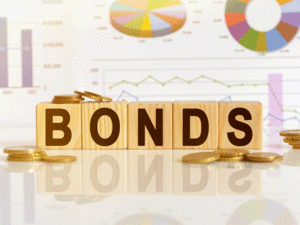 Agencies
AgenciesOne such option, to raise net earnings in a rising rate environment, is to go back in time and look at the staid world of tax-free bonds sold by the public sector. Unglamorous though they might seem at first glance, these instruments give rich savers higher returns than either fixed deposits or small-savings schemes ever will.
The sharp rise in interest rates in the aftermath of the first policy rate increase in nearly three years has burnished the allure of tax-free bonds. Yields on these instruments have moved up from 4-4.5% a year ago to 5.5-6%. In comparison, banks have not raised deposit rates at the same rate, making these bonds attractive.
 Agencies
AgenciesPost-tax returns for these bonds work out to be higher than those on fixed deposits, especially for those in the highest tax bracket. For example, a 5-10 year fixed deposit with SBI gives 5.5%, but post-tax returns for an investor in the 30% tax bracket are just 3.87%. As against this, tax-free bonds could give a yield of 5.5-5.6%.
Tax-free bonds like NHAI, PFC, REC, IRFC, Hudco and Nabard are popular amongst investors. For example, the 8.3% PFC Feb 2027 and 7.25% NHAI 2031 yield 5.55%, while 7.5% IRFC December 2035 yields 5.6%. "Investors need to keep in mind their tax slab, and calculate their post-tax return before buying these bonds," said Ankit Gupta, co-founder of Bondsindia.com. For example, Gupta believes investors in the 10-20% tax bracket could make higher returns from a REC taxable bond that matures in 2029 and gives a return of 7.5%, while an investor in the 30-42% tax bracket would be better off in a tax-free bond.
Tax-free bonds issued by the government from 2012-2016, for tenures of 10, 15 and 20 years have a limited supply as post-2016, there were no fresh primary issuances of these bonds.
Investors can buy them from the stock exchange, or approach debt dealers who generally sell them but ask for a ticket size of 10 lakh.
Investors buy these typically for longer tenure with the residual maturity being anything between 6 and 13 years, giving investors the opportunity to lock into these rates without worrying about the reinvestment risk or tax changes.
A fall in interest rates ensures capital appreciation.










 Get Unlimited Access to The Economic Times
Get Unlimited Access to The Economic Times
